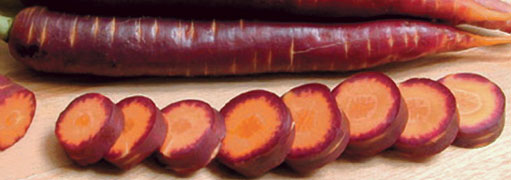Food For Thought: Breaking Frozen Ground On A Spring Salad Garden
Breaking Frozen Ground On A Spring Garden


Colorful “purple haze” carrots from Johnny’s Selected Seeds

Latest Article|September 3, 2020|Free
::Making Grown Men Cry Since 1992


Colorful “purple haze” carrots from Johnny’s Selected Seeds

